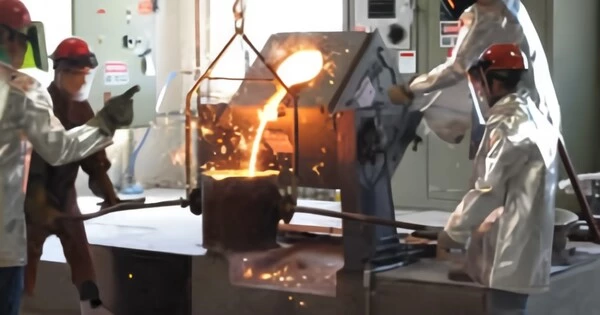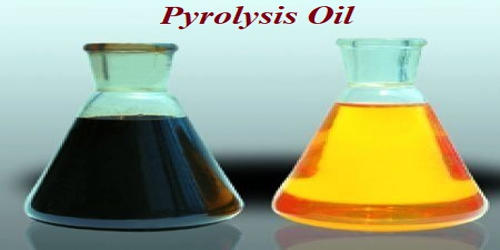The science and practice of making items out of inorganic, nonmetallic materials is known as ceramic engineering. Ceramic materials discovery, manufacture, and application are the emphasis of this specialist subject of materials engineering. This is accomplished either through heat action or, at lower temperatures, through precipitation reactions from high-purity chemical solutions.
The phrase encompasses raw material purification, the study and manufacture of the chemical compounds in question, their construction into components, and the investigation of their structure, content, and qualities. Ceramic materials are a varied family of materials noted for their distinctive features such as high melting temperatures, superior thermal and electrical insulation, corrosion resistance, and hardness. They find applications in a wide range of industries, including aerospace, automotive, electronics, energy production, and healthcare.
Here are some key aspects of ceramic engineering:
- Material Development: Ceramic engineers work on designing and developing new ceramic materials with specific properties. This may involve manipulating the composition and structure of ceramics at the atomic and molecular level to achieve desired characteristics.
- Processing Techniques: Ceramics can be challenging to process due to their brittleness. Ceramic engineers develop various techniques for shaping, forming, and sintering (heating to high temperatures to bond particles) ceramics into the desired shapes. Common methods include extrusion, slip casting, and hot pressing.
- Thermal and Mechanical Properties: Understanding and managing ceramics’ thermal and mechanical properties is critical in their engineering. Ceramics are frequently utilized as insulators or in applications requiring exceptional hardness due to their outstanding high-temperature stability.
- Ceramic Composites: Ceramics are frequently combined with other materials, such as polymers or metals, to form composite materials that combine the desirable qualities of each component. Ceramic matrix composites, for example, are well-known for their excellent strength and thermal resistance.
- Quality Control: It is critical to ensure the quality and dependability of ceramic materials, especially in situations where failure could have catastrophic implications. Quality control methods and testing protocols are developed by ceramic engineers.
Environmental Considerations
Ceramic engineers also consider environmental considerations in their work. This includes examining the sustainability of raw materials used in ceramics, as well as the disposal and recycling of ceramic products. Ceramic engineers must be mindful of safety laws, especially when working with materials and procedures that entail high temperatures and potentially dangerous compounds.
Ceramic materials can have a crystalline or partially crystalline structure, with long-range order on the atomic scale. Glass ceramics can have an amorphous or glassy structure, with limited or short-range atomic organization. They are either created from a molten material that solidifies upon cooling, formed and matured by the action of heat, or chemically synthesized at low temperatures utilizing techniques such as hydrothermal or sol-gel synthesis.
Applications
Ceramic engineering is a multidisciplinary field that incorporates elements of materials science, chemistry, physics, and engineering. Ceramics professionals may work in industries that require specific knowledge of ceramics, or they may participate in academic research to expand our understanding of these materials and their uses.
Ceramic materials are utilized in a variety of applications, including the production of electrical components (such as capacitors and insulators), cutting tools, refractory materials (for high-temperature settings), biomedical implants, and advanced armor.
















